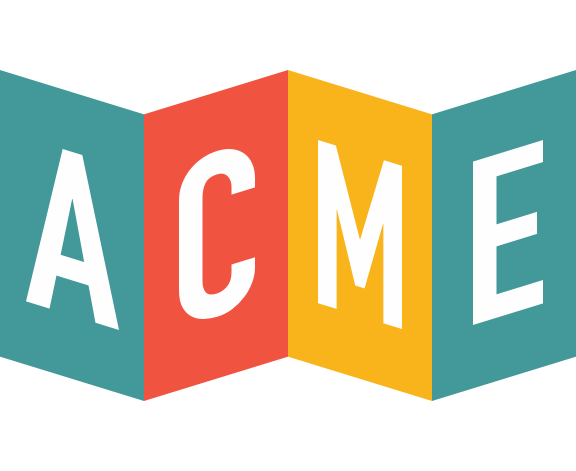
Payment Processing Fees: Understand All The Aspects Of Payment Handling
Payment processing technologies are finding new ways to generate and reshape their revenue streams. By looking at how credit and debit card processing fees are layered, you can find new ways to increase profits through your transactions.
Below we’ll cover everything you need to know about how you can better handle and benefit from your payment processing system.
Payment processing: Interchange
There’s a general misconception about the way that processing fees work in the Merchant Discount Rate (MDR) process. The MDR process is used to describe three parts that make up the total cost of a card payment, which include Interchange, Markups, and Assessments.
What is interchange?
Interchange is often mistakenly referenced to describe the entire MDR process. Interchange fees include transaction fees that a merchant’s bank pays when a customer makes a purchase or completes a transaction. The other two aspects of MDR are Markup processing fees and Assessment fees, and we’ll look at how each of these payment fees work below.
Three aspects to payment processing
Interchange and assessment costs make up the base cost and largest portion of the processing fee. For credit card payments, the base cost is typically around 80% of the transaction cost, leaving about 20% for the markup fee.
Let’s break down each fee model.
Markup Model
Markup fees are split among each party on the receiving side of a transaction, which includes the payment service processor or a bank sponsor. Markup fees are the only type of fee that you can negotiate the percentage on.
Your mark up fees can either be a percentage of the transaction, a fixed dollar amount per transaction, or a combination of a percentage fee and a fixed fee.
Assessment Model
Assessment fees, also known as dues, are non-negotiable fees paid to the card network. While you don’t have any leverage to set the assessment price, networks review the fees twice a year and have the ability to adjust prices.
Assessments are charged by card networks directly and are made up of a percentage fee, fixed fee, and card network fee. They’re collected per-transaction and on a monthly/quarterly basis.
Interchange Model
Interchange fees or bank fees are what the merchant pays directly to the issuing bank. Like assessment dues, the percentages on interchange fees are set by the card network and are non-negotiable.
Interchange fees consist of a per-transaction percentage and per-transaction flat fee, and twice a year the card network will review these prices to make adjustments if necessary.
How interchange fees are affected
There are a few things you should be aware of regarding interchange fee variability. Some of the most common reasons why your interchange fees might change include:
- Whether a debit or credit card is being used.
- The specific card network brand.
- A business classified as a merchant code category can qualify for lower interchange rates and lower processing charges.
- Businesses can provide level 2 and level 3 card data for specific transactions, which can help lower fee rates.
Whether you’re a small, medium, or enterprise-size nonprofit or cultural institution, there are a number of ways to actively reduce costs on your transaction fees. Ticketing platforms and payment software, like ACME, give you the tools you need to demystify the payment process and find new ways to generate revenue on your transactions.
How Acme Payments can help demystify payment processing fees
Just a few decades ago, it would be unheard of for a nonprofit to set up a credit card processing system. In today’s digital era, however, having credit card transactions open both in-house and online is becoming more and more of a necessity.
With ACME’s advanced processing software, you can take advantage of the most cost-effective card processing fees and grow your institution by appealing to donors, members, guests, and event attendees from the same all-in-one solution.
Try the ACME demo today to maximize your credit card processing system and capabilities as a nonprofit.

